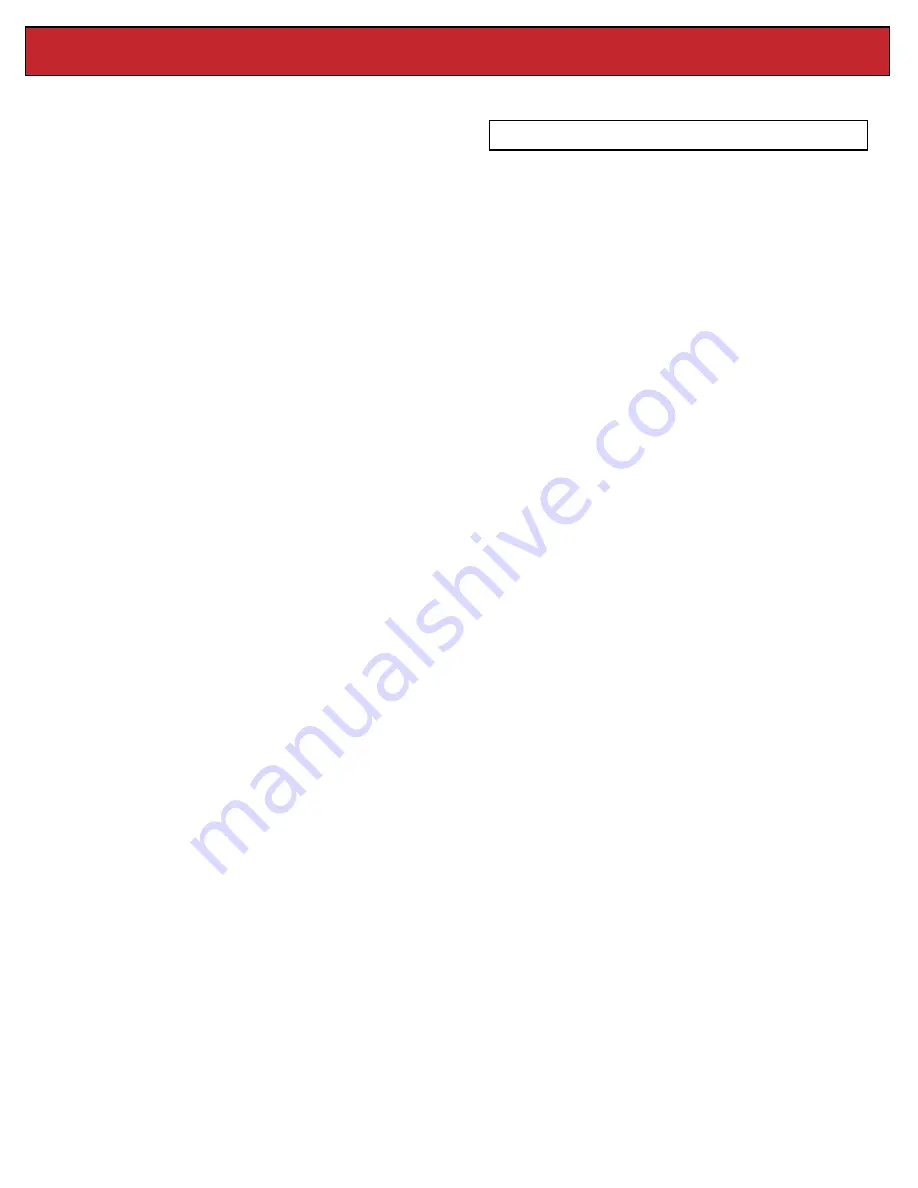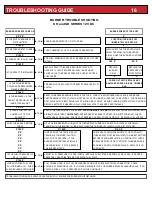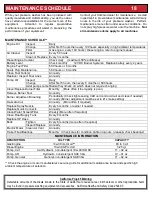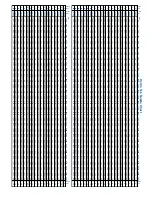
WASHING TECHNIQUES
When washing, always start from the bottom up, and
do the final rinse from the top down. This will keep the
water from streaking the surfaces that are being
cleaned. When applying chemicals, it is also best to
start from the bottom and work up.
In areas where there is no grease or oil present, and
the dirt is loose, cold water may be sufficient. When it
comes to grease, oil, and hard to clean dirt; hot water
and/or chemicals can make the job easier, and speed
up the cleaning process. For applications that require
even more heat and where water use/runoff must be
minimized, switch to the steam mode (if equipped) and
adjust the thermostat for up to 250° steam.
For general washing use a broad pattern spray nozzle
such as the 40-degree nozzle. Backing away from the
surface and using the broad spray nozzle works best
to perform rinsing and delicate surface washing. In
areas where the cleaning is more difficult and in
smaller areas such as cracks and holes, use the
narrow spray nozzles, 15 degree.
Chemicals can be applied in a couple of different
ways. One way is with a hand spray pump. The other
is with the chemical system on the equipment; either
downstream or high pressure depending on the
system you have. When using the high-pressure
chemical system, do not use any caustic chemical as
this may cause damage to the pump. For very harsh
chemicals, it is best to use a hand sprayer. First wet
the surface and wash off heavy debris. Test the
surface to be sure the chemical won’t harm it. Then
apply the chemical and let it work in for couple of
minutes before rinsing. Do not allow chemicals to dry
on the surface.
When rising off the chemicals always start from the
top down. When you are finished using the chemical,
be sure to rinse out the chemical line and valve with
fresh water to prevent clogging.
SHUT DOWN
1. Turn burner switch to the
‘off’ position.
2. Rinse & close chemical valve. Turn off chemical
solenoid switch, if equipped.
3. Squeeze the trigger on the spray gun until the
water becomes cool.
4. Turn motor/engine switch off with the appropriate
controls. Turn off diesel engine units by pulling the
throttle kill lever, if not equipped with key shut-off.
5. Turn off water supply.
6. Squeeze trigger to release any trapped pressure in
discharge hose.
7. Turn the main power supply off when not in use for
any extended amount of time.
8. Turn gas valve off when not in use for an extended
period for natural gas/propane heated machines.
9. Disconnect & store hoses.
10. Antifreeze / Winterize equipment:
In the event that the equipment is not to be used for
an extended period, store in heated space or
antifreeze the unit. Run the machine until the float
tank is near empty, fill with a 50% mix of water and
antifreeze and run until antifreeze appears at the high-
pressure outlet. If unit is equipped with a blowout
valve, it may be blown out with compressed air in
addition to using antifreeze solution.
On direct feed units (no float tank), use a 5’ garden
hose to draw the antifreeze mix from a bucket or blow
out the unit with compressed air until only air and no
water comes out of the discharge.
APPEARANCE:
To maintain appearance of the pressure washer, use
stainless steel cleaner on the stainless steel panels.
Warning: Cool down burner before shutting off.
OPERATING INSTRUCTIONS
6






































